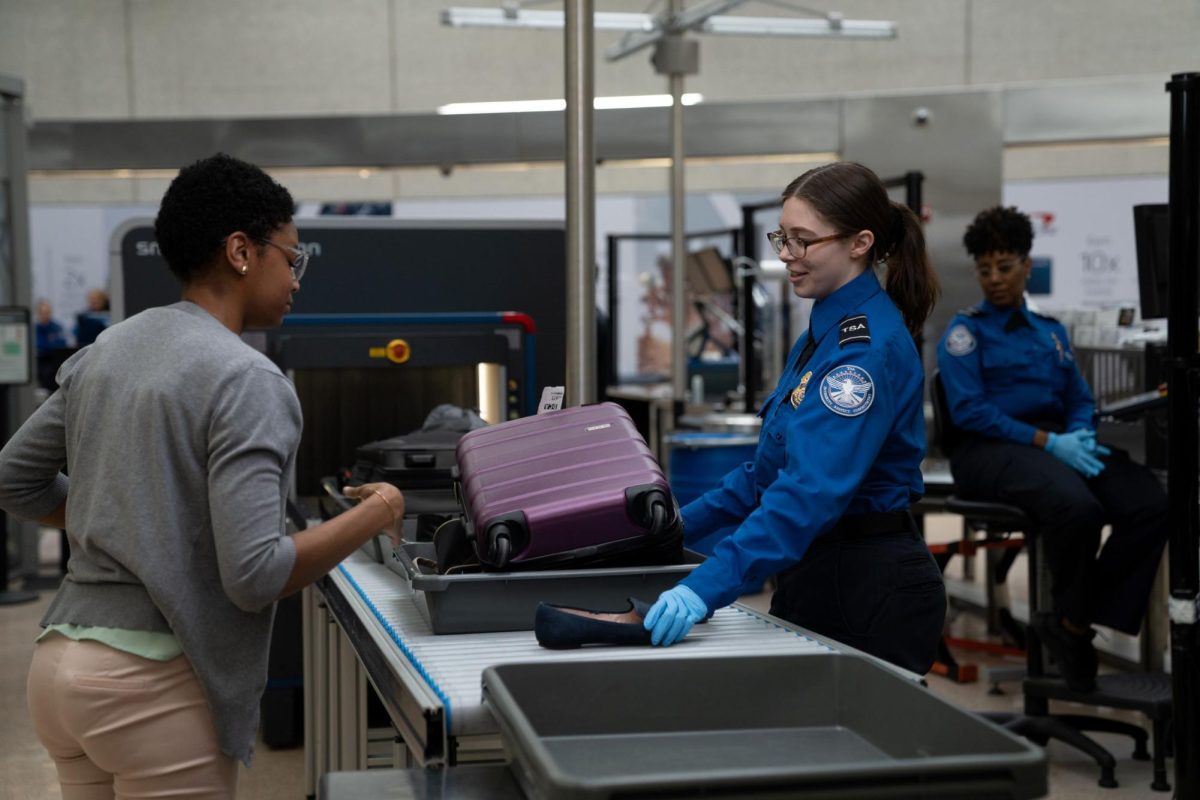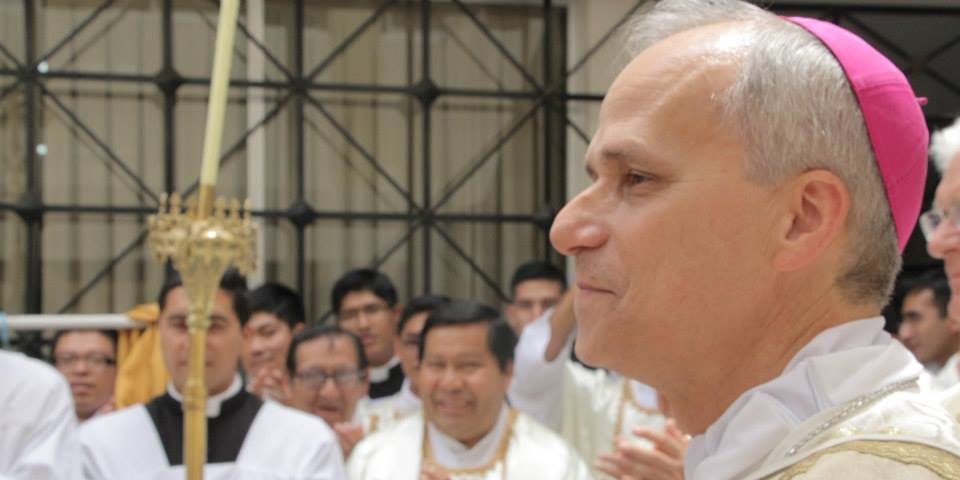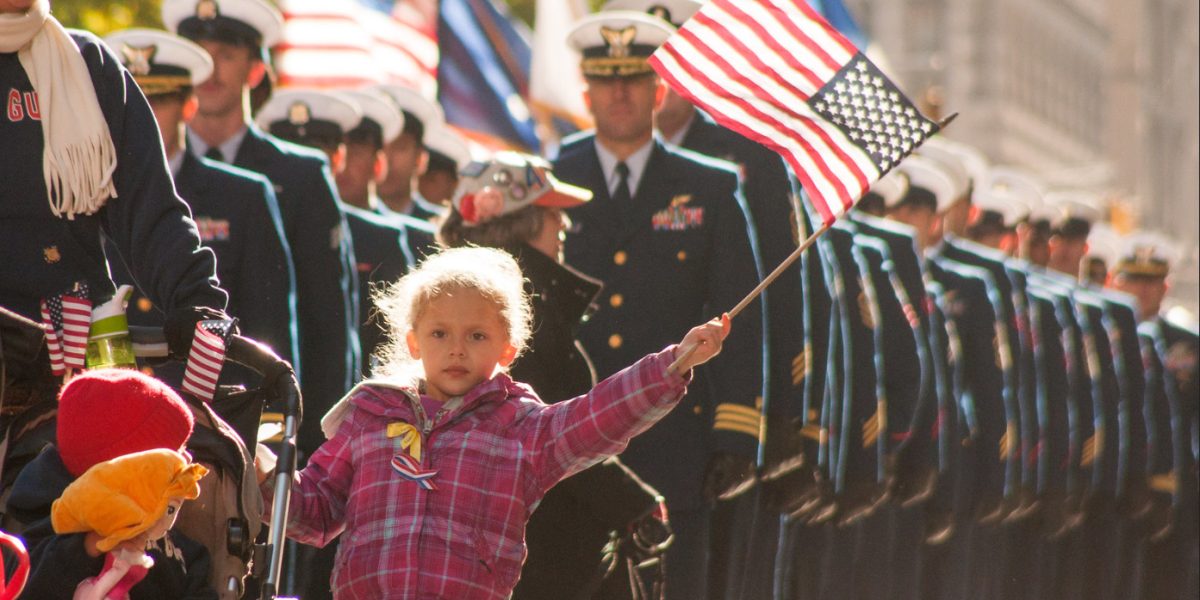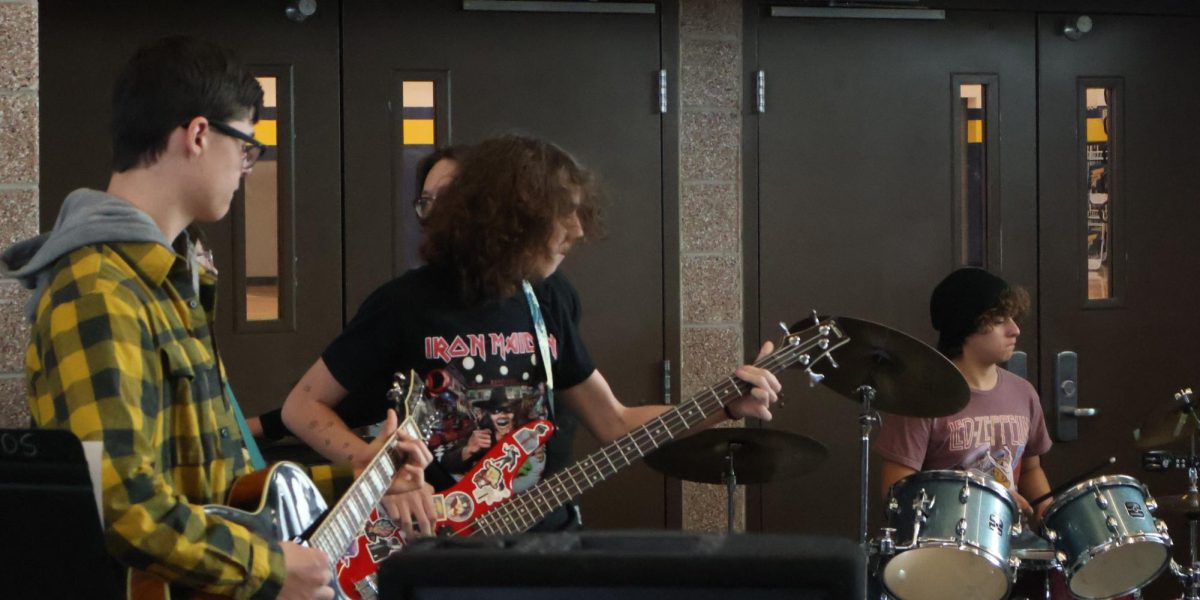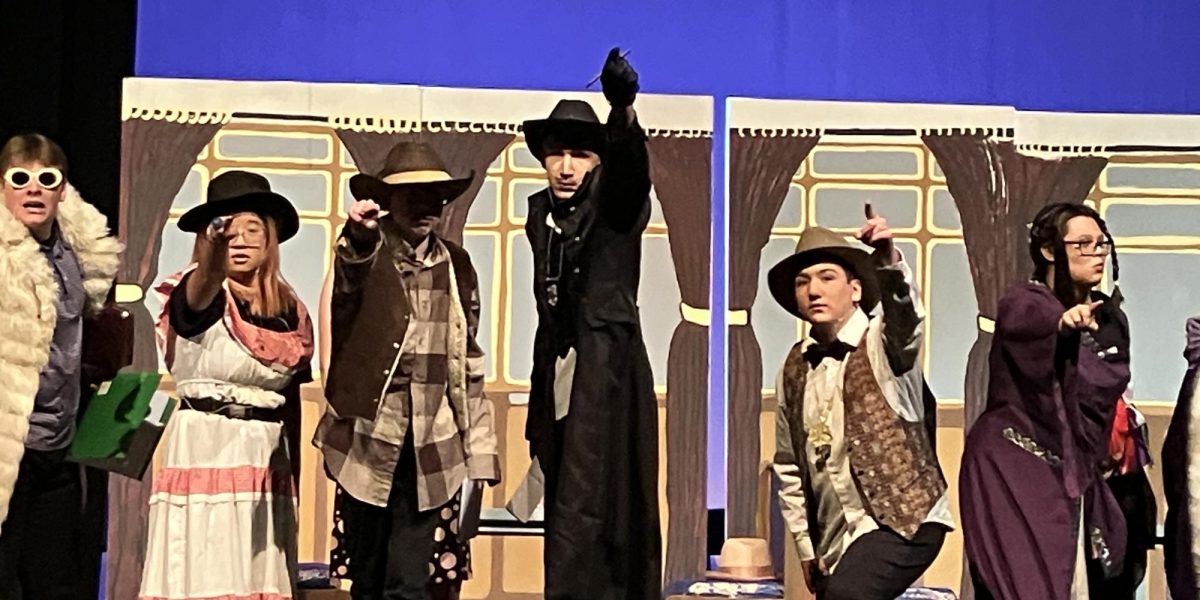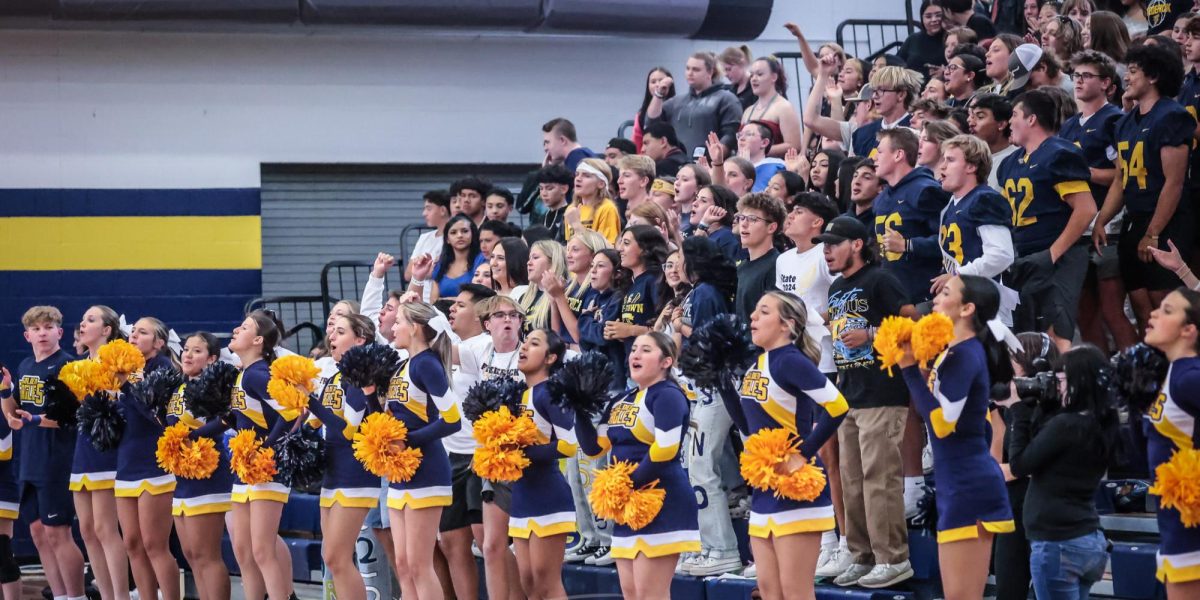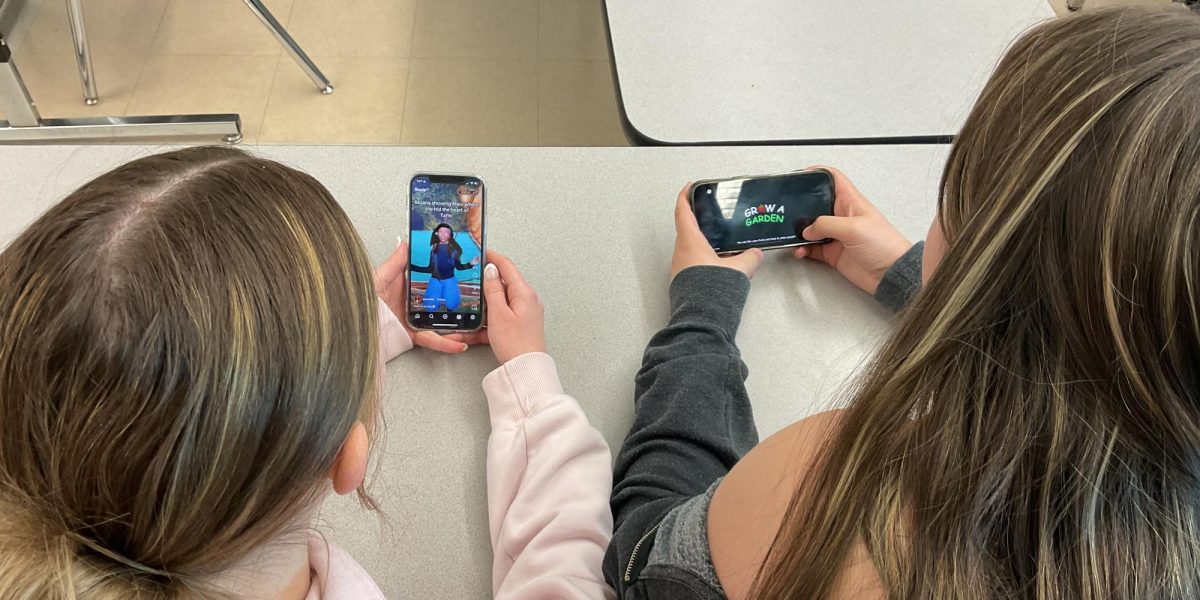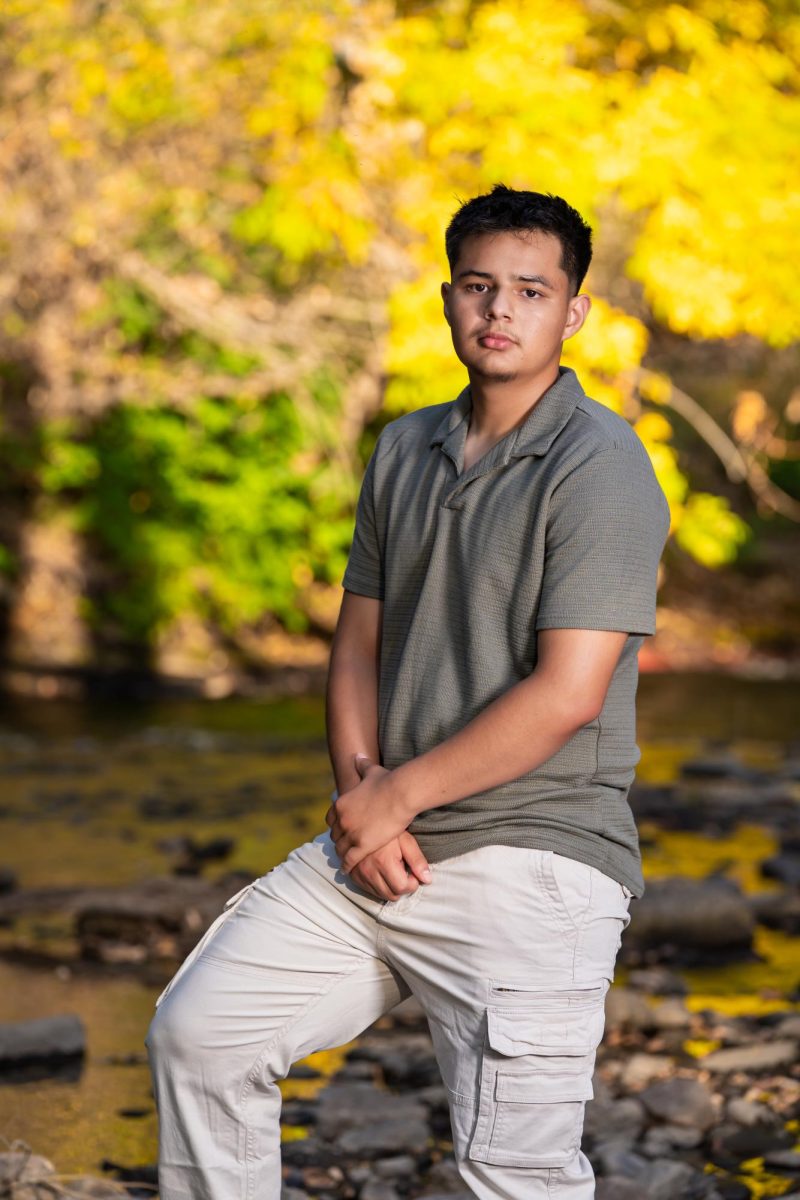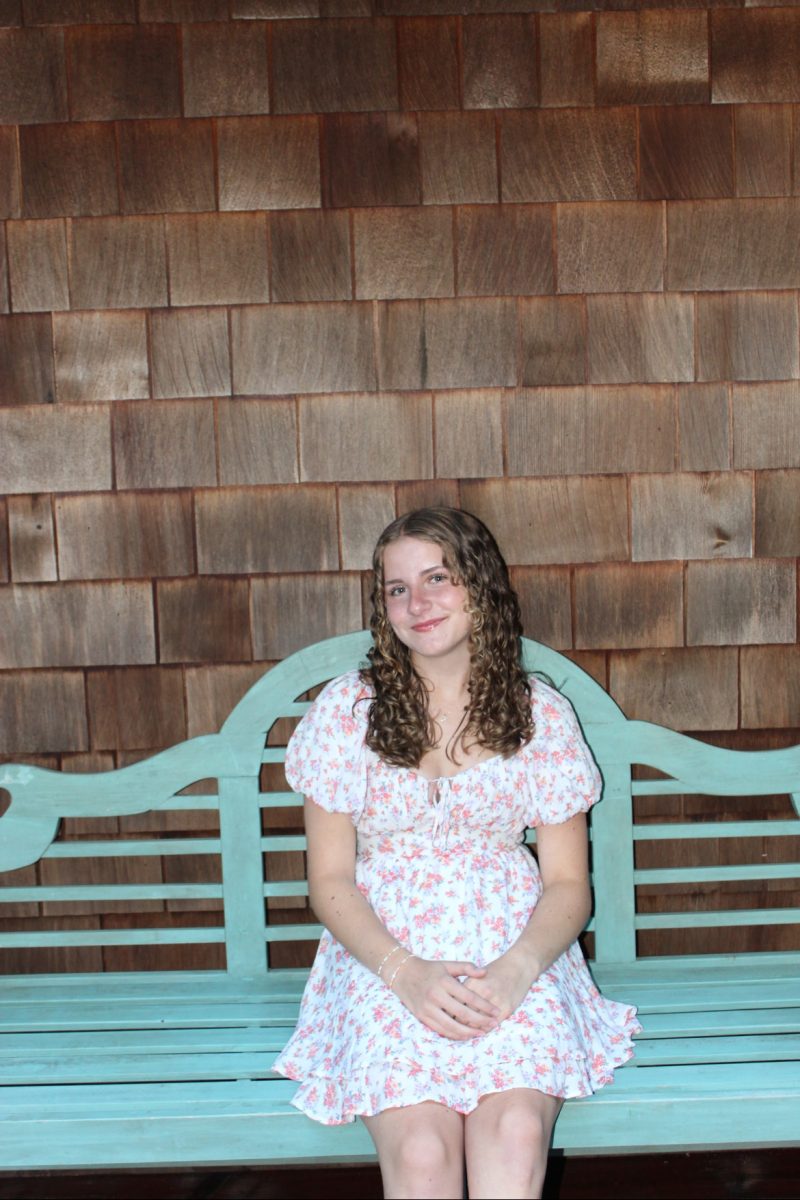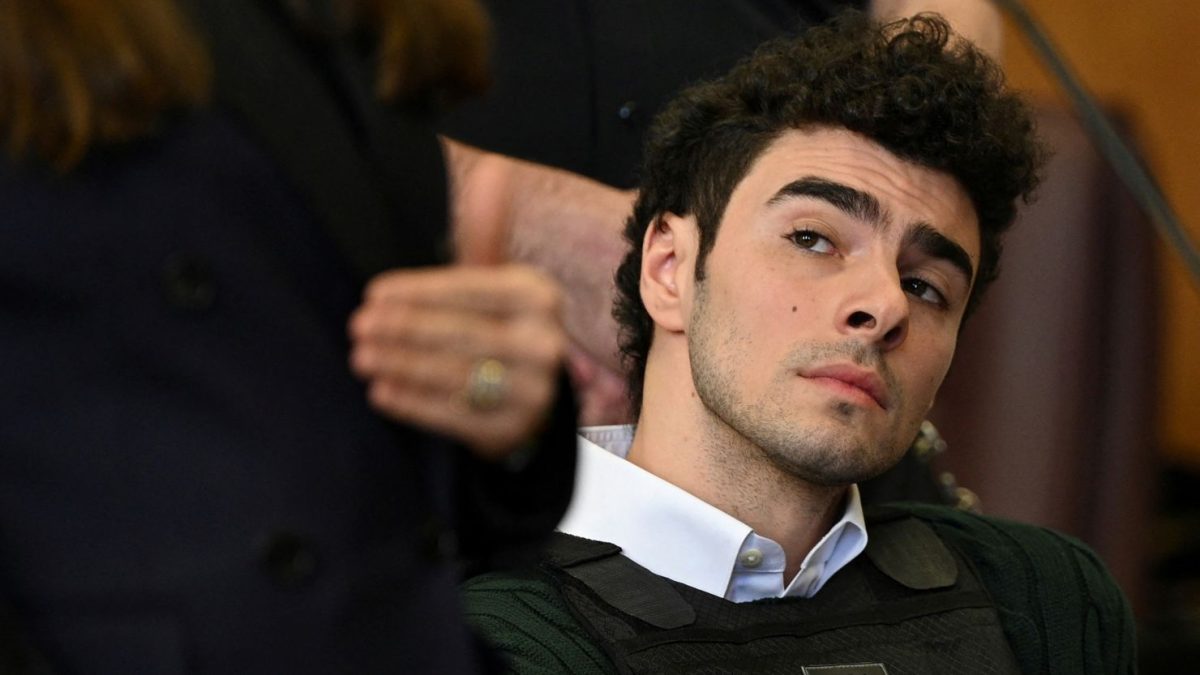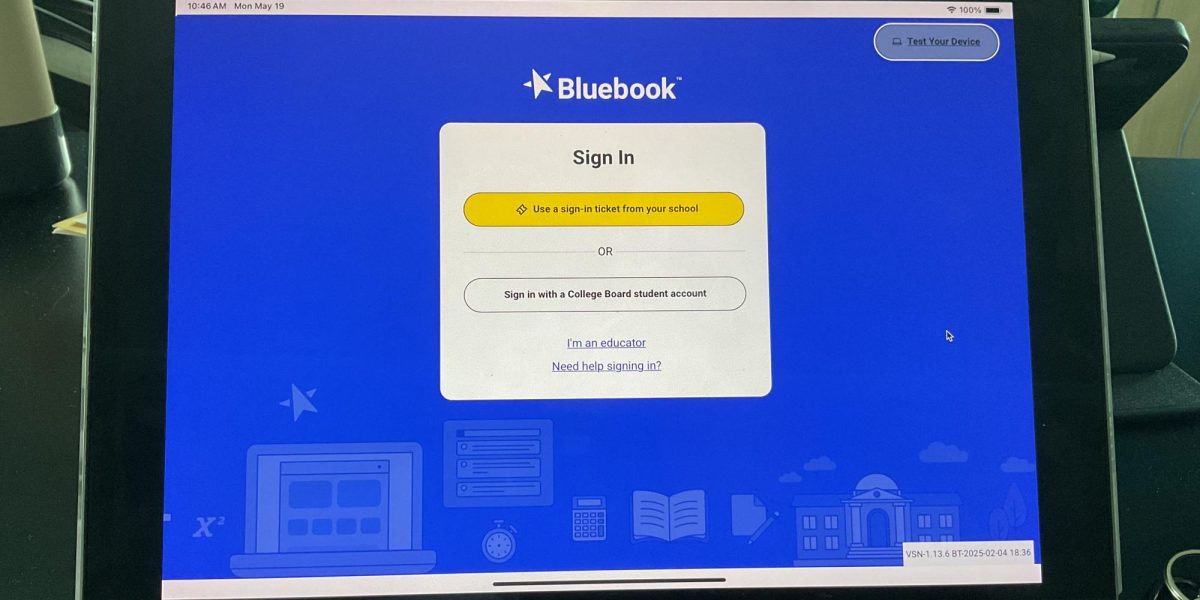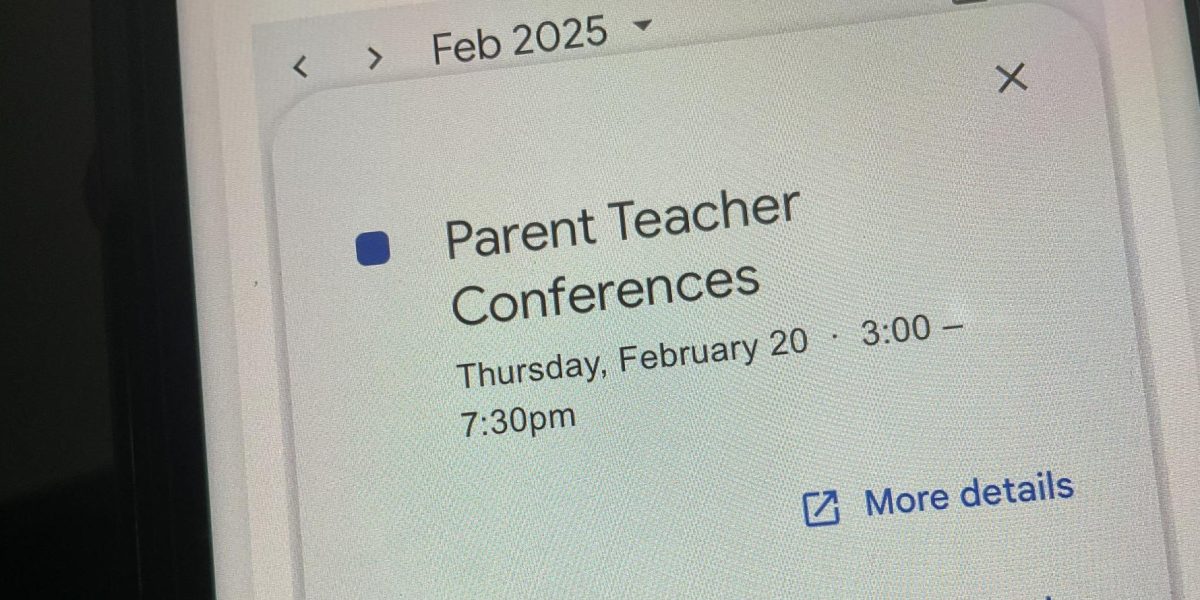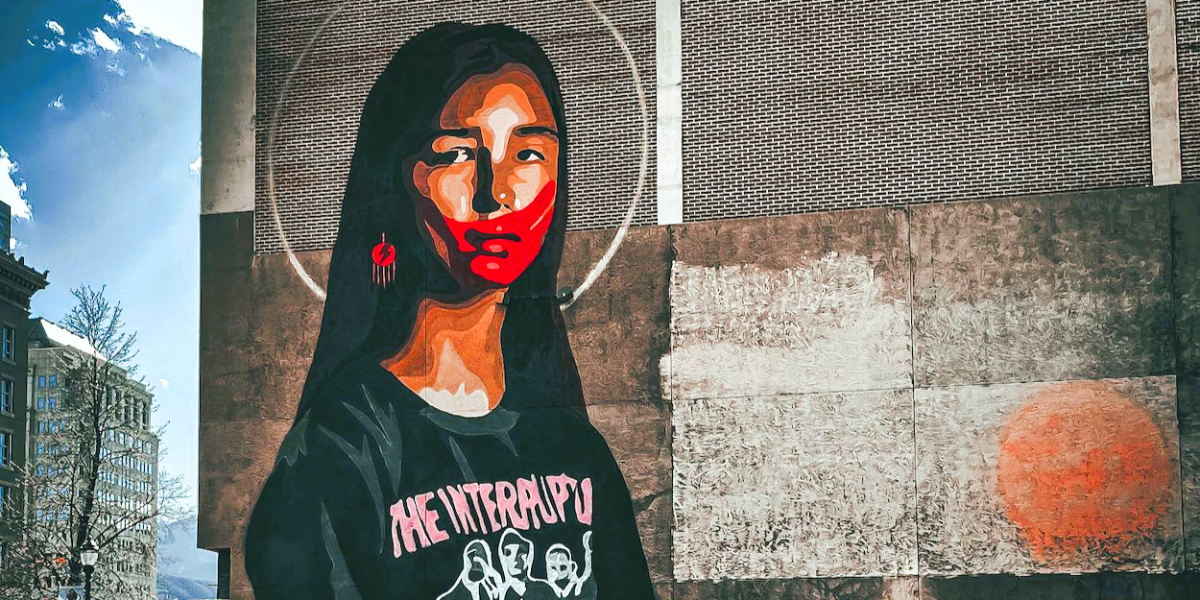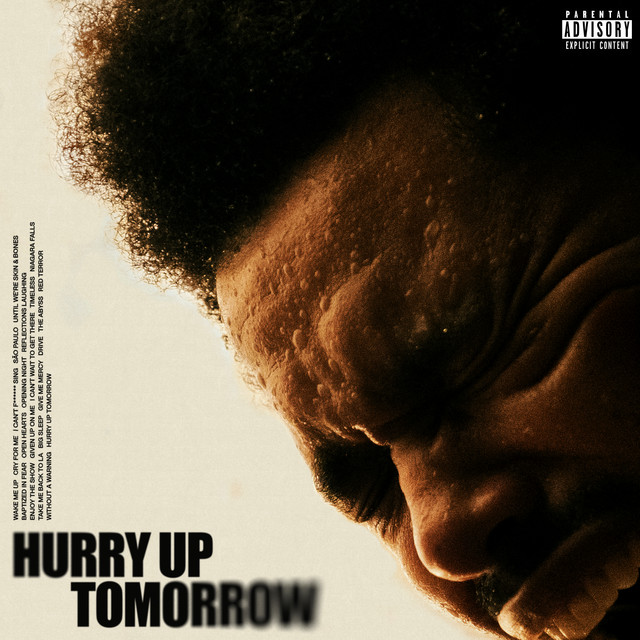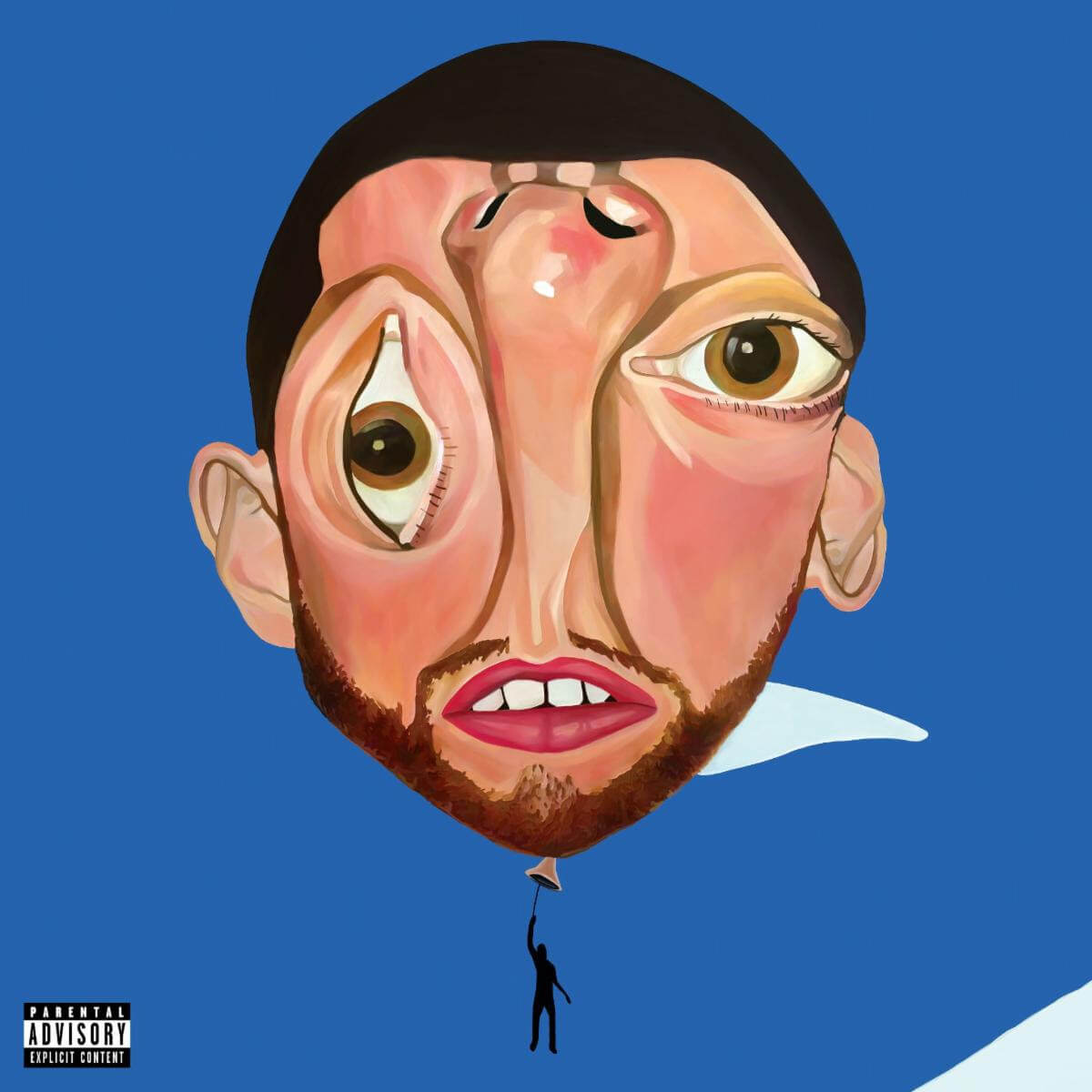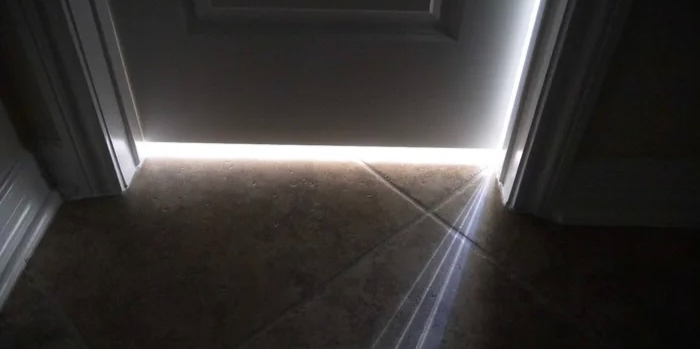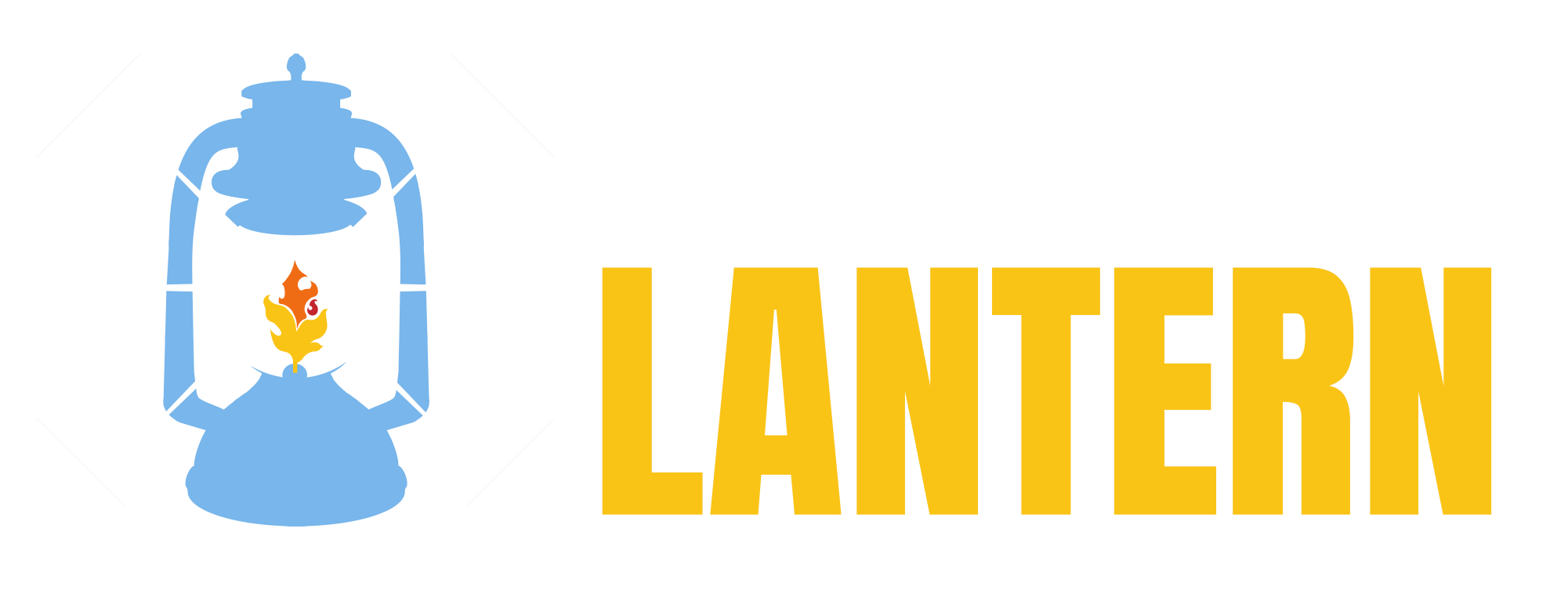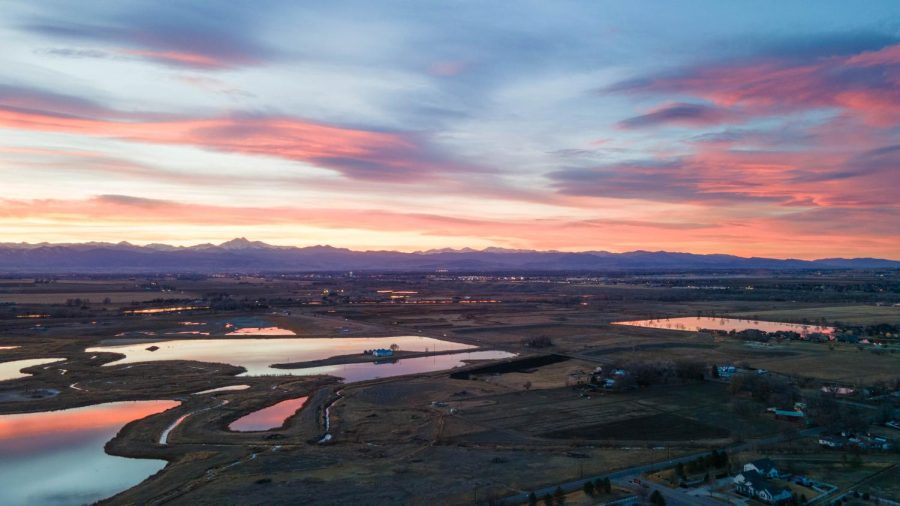Is It Time to End Daylight Savings Time?
Should we continue the outdated tradition of changing clocks in the winter and springtime, or do the benefits outweigh the costs?
“In the United States, daylight saving time lasts for a total of 34 weeks, running from early-to-mid March to the beginning of November in those states that observe it. In 2022, daylight saving time will start on March 13, more than a full week before the official start of spring. Daylight saving time will end on Nov. 6.” -NBC Chicago
March 11, 2022
Spring is upon us, which means is that time of year for Daylight Savings Time. Sunday, March 14 marks the spring date for Daylight Savings Time this year where we move forward one hour on the clock. But why do we even have Daylight Savings day? Where does it come from? Should we continue to take part or is it an old-time tradition that has no value in today’s era? How are students affected? What happens to states like Arizona that don’t take part in Daylight savings?
What is Daylight Savings?
Daylight Savings Day is the practice of advancing clocks by one hour in the warmer months so darkness falls at a later hour. In the autumn months, the clocks get set back to standard time. Standard time is the time when we are not in Daylight time. Daylight time occurs in the summer months and standard time in the fall and winter months. It has been a concept since the late 1800s but gained traction during WW1 as a way to cut energy usage. The thought was not waking up in the dark would decrease fuel for lighting and heating, and this would boost energy supplies for the war effort. In the US, it became a practice during WW2 and has been a controversial topic ever since.
Today, the matter had divided the US. “A 2012 Rasmussen poll of 1,000 American adults found that 45% thought daylight saving was worth it, while more than 40% considered it worthless. In 2017, about 41% of Americans polled by Princeton said losing an hour in the spring was disruptive, while about 55% of people in the same poll disagreed.” There are many pros and cons to daylight savings, many of them overlapping each other. There have been tons of studies and research on the idea, but the US still hasn’t come to a definite conclusion on the matter.
Many students in today’s schools haven’t learned where DST comes from or what it is or why we have it. Many classes in school don’t cover it, or explain why we have it. It’s just a day that everyone knows where everyone changes their clocks and doesn’t have any significant meaning.
“I do not know why we have daylight savings, but I think I heard something about it having to do with saving power and fuel so we need to set our clocks back,” stated Junior, Ryley Anderson.
Schools should at least cover the topic, and teach where it comes from and why we have it today. This will inform people about the day and why we have it. And go over the ways it is beneficial or not beneficial to society.
Pros
- The longer daylight hours promote safety. With more daylight hours, cars are driving in safer conditions lowering car accident rates. Also, daylight in the evening makes it safer for joggers, people walking, and children playing outside because drivers are able to see people more easily. Criminal rates also drop when there are more daylight hours.
- Daylight Savings is good for the economy. More daylight means more people shopping after work, which means more businesses are more active. People also drive more increasing gas and snack sales for the months of the year DST is in effect.
- DST promotes more active lifestyles. When the daylight is longer people typically spend more time outdoors. With more daylight hours, people can enjoy outdoor activities for longer periods of time.
Cons
- DST can be bad for your health. Changing sleep patterns can go against a person’s natural rhythms and schedule throwing them off for the next couple of days. People need to reset their internal clocks to make up for the time change.
- It can be a challenge in timekeeping. Even though in today’s world everything is digital, a lot of clocks require someone to change them. If someone forgets they will be living either an hour ahead or behind until they realize they had forgotten to change the time. Businesses and services that are time-sensitive can experience difficulties days after DST day.
- It doesn’t really save energy. The goal of DST was to save energy, but in today’s world, it has been proven there isn’t an effect. People end up using less in the summer, but more in the winter to it will eventually even out thought out the year.
If you look into the pros and cons, you will notice that DST is negative in the winter months, but positive in the summer months. This trend is why people are so split on if we should continue with DST.
Most of the studies performed on the subject could really go both ways depending on what kind of people you perform it on. For example, places that are more rural might not see a significant difference in changing the time. But in big cities like Denver or New York, you could see a change in the numbers. In states like Arizona, which don’t participate in daylight savings, they jump between different times zones twice in the year, switching from PST to MST and back.
In schools, students are affected by DST because it can throw off their natural schedules. They have been living on a certain body clock, and the time change messes with it for some time. Also, the hours lost in the spring can add up on teenagers. Teenagers should get 8-10 hours of sleep, but around the time of daylight savings in the spring, they need to adjust to the new time and can lose hours of sleep.
“I think it is pointless unless you are a farmer, as someone who has a bad internal clock as it is, the changes do not help,” said FHS senior Trent Graf.
However, in the fall, students see a benefit after daylight savings because going back an hour usually results in students getting an extra hour of sleep for a couple of days. However, it’s not really an important date to remember.
“I honestly don’t mind daylight savings, it’s nice to sleep in but also it doesn’t affect me at the moment. And if I’m being completely honest I have no idea when daylight savings even is,” said junior Ryley Anderson.
During daylight savings, more opportunities arrive early and later in the day. Some students are okay with DST because they get to experience things they would normally not be able to because of how the time lined up with the sun’s schedule.
“I get to enjoy seeing the sun when I wake up in the morning.” said FHS junior Kiara Nieves “We can get the most sunlight out of each day by continuing to change the clocks.”
Looking back through all of the information, is it worth going ahead an hour In the summer? By going forward, we created a time period in the spring where some health factors could be at risk, though very improbable, they are still there. We run the risk of forgetting, or losing track of time because of the time change. If we didn’t change times, this would never become a problem. Many people are for it, and the same amount of people are against it. It will always be a controversial topic, but in the long run, it doesn’t really matter what choice is made because we have lived with it for all this time.



